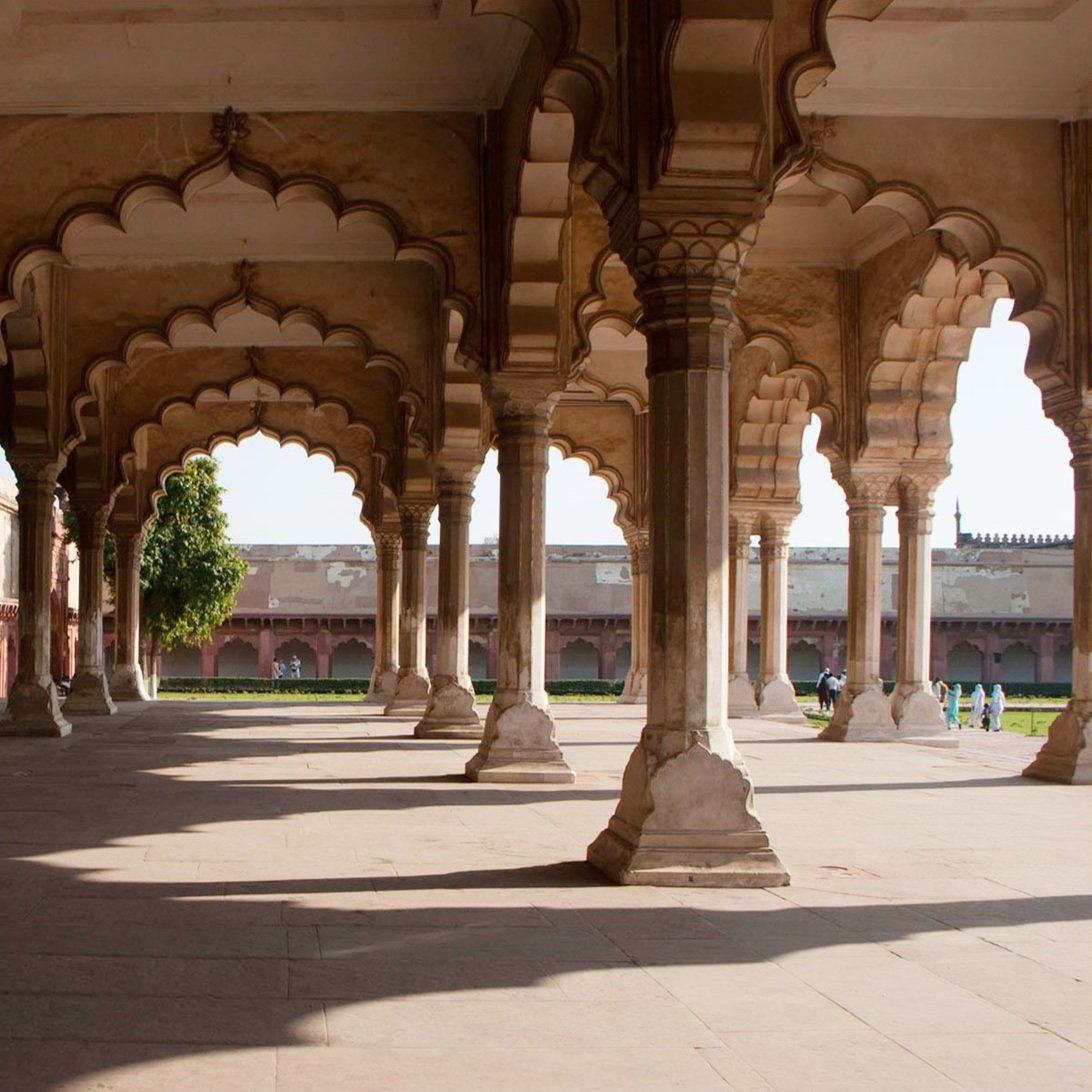Following in mom's footsteps around the world
When I was a little girl my mother would take out the slide projector and flip through her thousands of slides shining on a little pop-up screen in our crowded living room, and tell us stories of her adventures from around the world. No matter how old the projector was, nor the slides, I would lay back on the carpet in the middle of the living room with my hands behind my head and watch the world go by through the photos of people’s faces flashing on the screen to the tune of “Small Green Island.” I would say to my friends at school, “my mom has traveled the world” and smile proudly. All I ever wanted to do was grow up and do just as she had done; see the world. From there, traveling to see new countries became our tradition.
My mother is a retired junior high school geography teacher and one year during her teaching she applied for a sabbatical and bought an “around the world ticket” to see the places she was teaching about. I remember many of the stories my mother has told me over the years and I have even been lucky enough to visit a few of the places she told us about and have my own experiences. However, one place with all of its stories has forever stood out in my mind, India. My mother always said that Indian culture was a culture that existed in its own place and time. And that's exactly what I found when I traveled in her footsteps.
I stand with my palms resting against a brass banister. I press the rest of my body up next to the cool gate to let the temperature seep through my clothes to my hot skin. I stand in front of the Hindu god, Shiva, the destroyer carved into alabaster. The temple is cool compared to the outside air. It is especially cool on my bare feet.
I am in the inner shrine of a Shiva temple in the center of a Hindu University. This was one of the original temples in the holy city of Varanasi. This city is also known as the city of temples and the birthplace of Shiva. There are more than 100,000 temples in Varanasi dedicated only to Shiva.
As I stand against the gate I close my eyes and listen to the prayer. The voice comes from the man standing next to me, our Brahmin. His words soar around the room and fill its entirety. He knows the string of Sanskrit words by heart and they pour out of him in a deep beautiful song.
It lasts three minutes. For three minutes my eyes are closed. For three minutes I wonder if I should be more religious. So for three minutes, I give thanks to those who help me get where I am today, traveling around the world.
I climb two feet up into a bicycle rickshaw and my friend climbs in next to me. The hard plastic holds our weight but the seat is questionable since it was only supported by two thin bicycle wheels. With the seat at a forward slope and there not much room for two people it was difficult to stay in the shallow seat. The only thing holding us in the seat was the fear of falling to the broken dusty road.
We headed for the edge of the city, the holiest part of the town. It is where the Ganges river touches the side of the city. The center of the city appears to live on the banks of the river. The wheels of our rickshaw splashed through puddles and bounced over broken speed bumps. Faces and hands flew by as we swerved and dodged cows and tuck tucks in the streets. I held on as we hit every pothole and laughed every time we missed a cow. Thirty minutes and one thousand people later we reached the banks of the Ganges.
A set of 100 stairs leads down to the edge of the water. Holly men sit on the stair under orange tarp tents, entirely naked with their bodies painted in ash. The white ash makes their ebony skin grey and their long beards white. These men sit there on the steps, live on the banks of the river, and pray as the sun comes up until it goes down.
I step slowly onto the last cement step with locals and foreigners alike standing at the edge of the water as the river licks the bottom of the wooden boats. The boat gives in to the water as I step on the front to get inside. The air is fresh and the bugs hover over the water. Two men sit at one end of the boat with giant ores rowing us and down the river.
I sit with a bowl in my hand containing a lit candle with small gold flowers around it. To my right, a priest begins to sing a prayer in Sanskrit again. I closed my eyes and held the candle close to feel the warmth of the flame on my nose and smell the flowers. I closed my eyes for three minutes.
After the deep voice of the prayer dissolved into the night air, motorbikes are all that could be heard was the lapping of the river at the bottom of the boat. I opened my eyes, turned around, made my wish, and sent my candle down the river.
My mother always said that Indian culture was a culture that existed in its own place and time. She was correct. Varanasi is a captivating city of colors and customs. When I was a little girl and my mother showed her slides from India, I would close my eyes for three minutes and listen to her stories. For three minutes I would be in India with my mother. For three days I was here in my India. Someday I will be in India with my mother and we will experience it together. I take these few words to say thank you to my mother for forever inspiring my passion for traveling.



